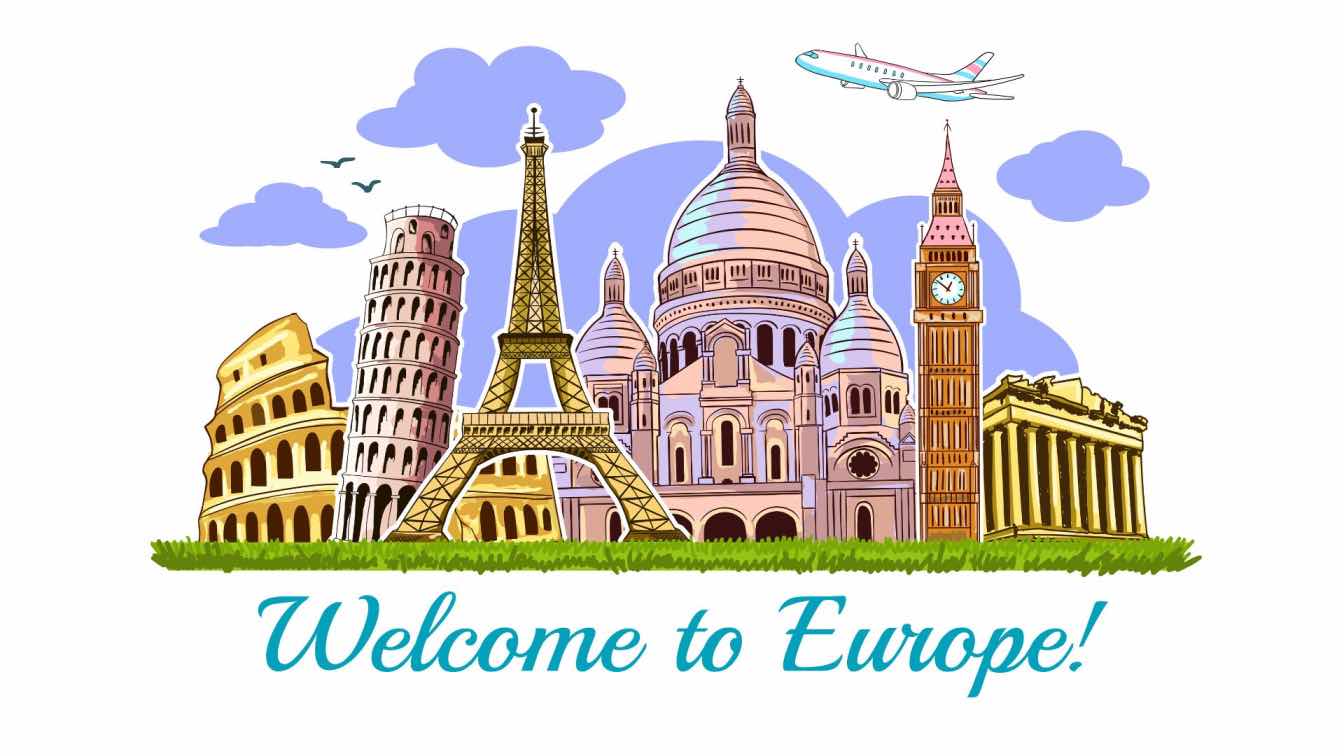Planning a European getaway often begins with a whirlwind of ideas and research into dreamy destinations. Selecting stops that reflect your travel preferences ensures every moment feels personal, exciting, and well-spent. With so many options available, making clear and thoughtful choices can help you avoid feeling rushed or overwhelmed.
Are you curious how to balance famous cities with hidden gems without feeling rushed? The eSIM for Europe helps make trip planning easier while on the move. Let’s learn how smart planning can help build a smooth, personalized European adventure from start to finish. Here, we offer tips to help tourists confidently choose cities that suit their time and interests.
Define the Trip’s Purpose Before Picking Destinations
Before choosing cities, identify what you want from the trip—adventure, culture, relaxation, or cuisine. Travelers gain more value when selecting places that match their expectations and personal travel style. For example, lovers of history might choose Athens, while nature enthusiasts may prefer Lucerne or Innsbruck. Matching destinations to interests helps narrow options and adds meaningful context to each European trip experience.
Even if plans include multiple countries, ensure most stops align with your chosen travel purpose or goal. Some cities may still surprise with unexpected highlights, but clarity helps in building stronger itineraries. A well-defined trip theme makes research easier and allows better alignment with attractions and experiences. Planning reduces stress and leads to more satisfying cultural and personal experiences.
Limit the Number of Cities Based on Trip Duration
Exploring too many places quickly can turn an exciting trip into an exhausting and frustrating experience for anyone. Avoid switching cities every other day, as constant movement can shorten the quality time spent at each destination. Instead, focus on a few key towns where meaningful exploration and rest can be achieved. Staying longer offers time to explore markets, meet locals, and stroll neighborhoods beyond tourist areas.
A smart rule is spending at least three nights in major destinations like Madrid or Berlin. Smaller towns such as Siena or Bruges can often be enjoyed in just two full days. Fewer stops mean more time to soak in unique sights, sounds, and cultural rhythms. This slower pace fosters stronger memories and a deeper appreciation for each region's distinctive character.
Map Destinations by Region to Avoid Unnecessary Delays
Group cities based on region to minimize time wasted on long-distance transport between scattered locations. Countries like Italy and Germany offer several towns within a short train ride of each other. Moving logically from one place to the next helps conserve energy, budget, and overall travel time. Regional travel also simplifies logistics, giving more time for spontaneous activities and relaxation.
Use a physical or digital map to draw a route that avoids confusing detours and backtracking. Visiting Prague, Vienna, and Budapest together makes more sense than pairing Dublin with Athens or Krakow. Using an eSIM for Europe can also allow for smoother transitions between regions. Regional clusters often share a typical cuisine, language, and culture, creating a more immersive experience.
Consider Local Events, Seasons, and Crowds
The time of year affects a city’s ambiance, prices, weather, and number of visiting tourists. Summer brings music festivals, beach life, and bustling crowds, especially in top destinations like Rome or Barcelona. Spring and fall offer pleasant weather, thinner crowds, and colorful landscapes in cities such as Amsterdam or Prague. Planning around seasons helps maximize enjoyment and minimize logistical challenges during travel.
Research local events and holidays to avoid closures, price spikes, or overwhelming crowds during your visit. Significant events like Oktoberfest or Carnival significantly impact availability and overall city experience for unsuspecting tourists. Traveling during shoulder seasons often improves flexibility in accommodations, restaurants, and activity schedules without compromising adventure. Seasonal planning creates smoother trips with better local access and cultural insight.
Choose Cities That Match Your Travel Style and Budget
Align destination choices with the available budget, comfort preferences, and desired pace to avoid later frustration. Expensive cities like Copenhagen or Zurich may require reduced stays, while Budapest or Sofia are budget-friendly options. Those preferring walking tours or public transit can consider compact and efficient cities like Munich or Stockholm. Matching personal travel habits to city characteristics leads to smoother, more enjoyable trips.
Luxury travelers often prioritize destinations with boutique hotels, spas, and fine dining options located near major landmarks. Backpackers may seek cities offering affordable hostels, vibrant nightlife, and easy access to nearby nature trails. Family tourists may look for places with parks, educational museums, and safe public transportation systems. Each traveler's style shapes what makes a city enjoyable and how they experience its culture.
Conclusion
Choosing the right European cities doesn't have to feel overwhelming when you plan with intention and flexibility. By aligning your destinations with your interests, travel style, and seasonal factors, you create a trip that feels fulfilling rather than rushed. An eSIM for Europe enhances this experience by keeping you online across borders without the hassle of swapping SIM cards. With the right mindset and tools, you’ll be able to craft a European itinerary that’s efficient, rich, enjoyable, and deeply personal.





